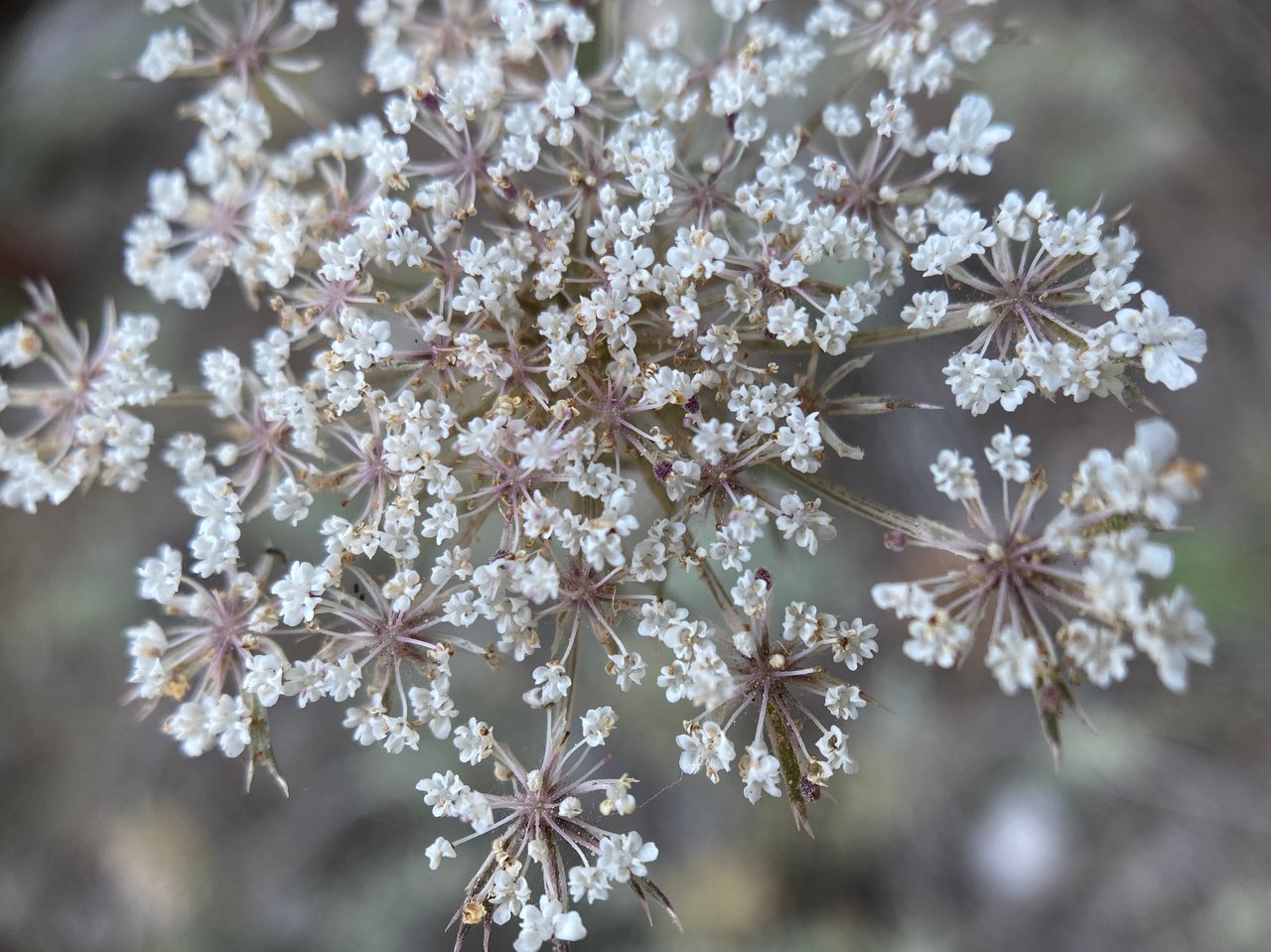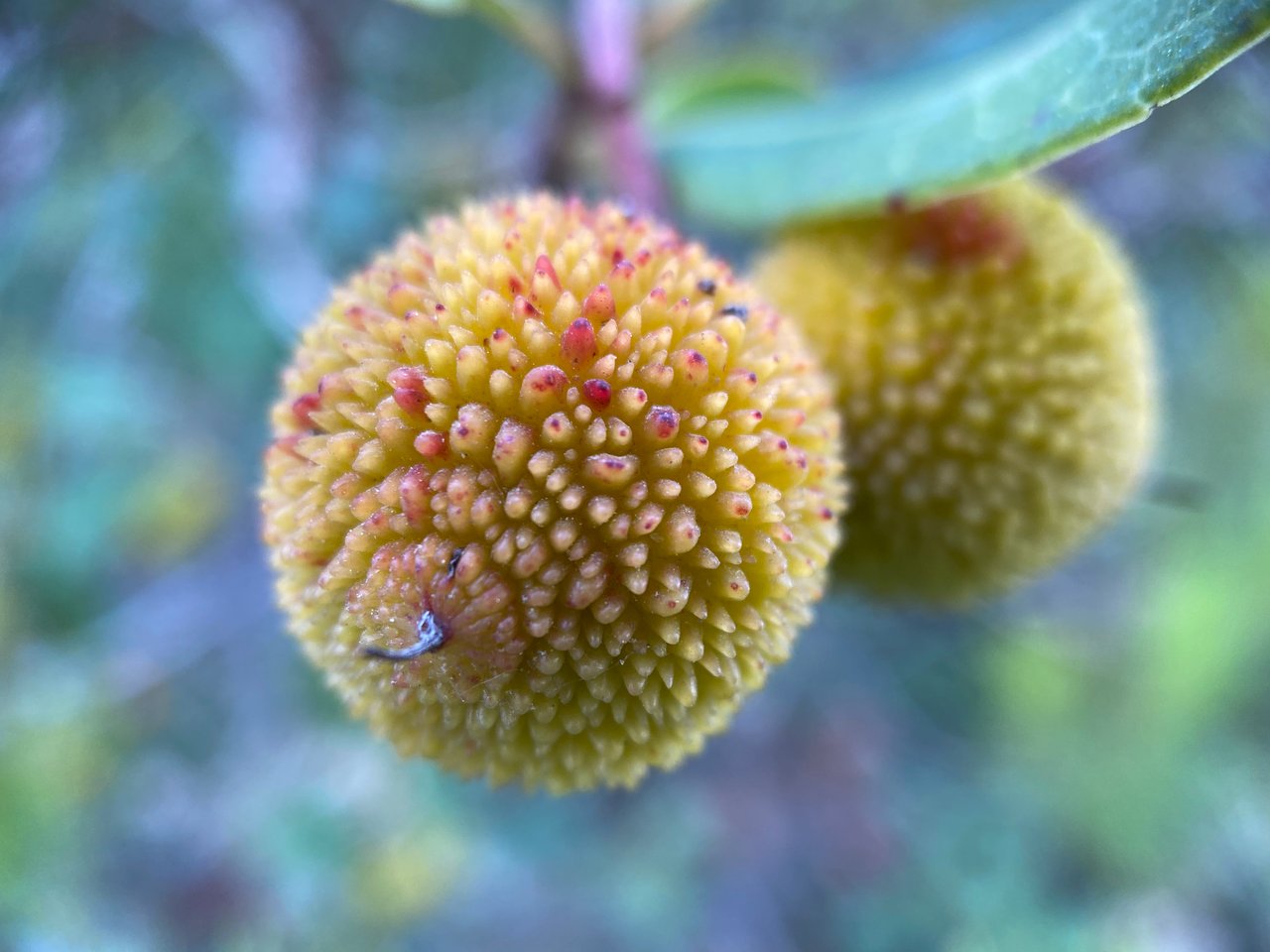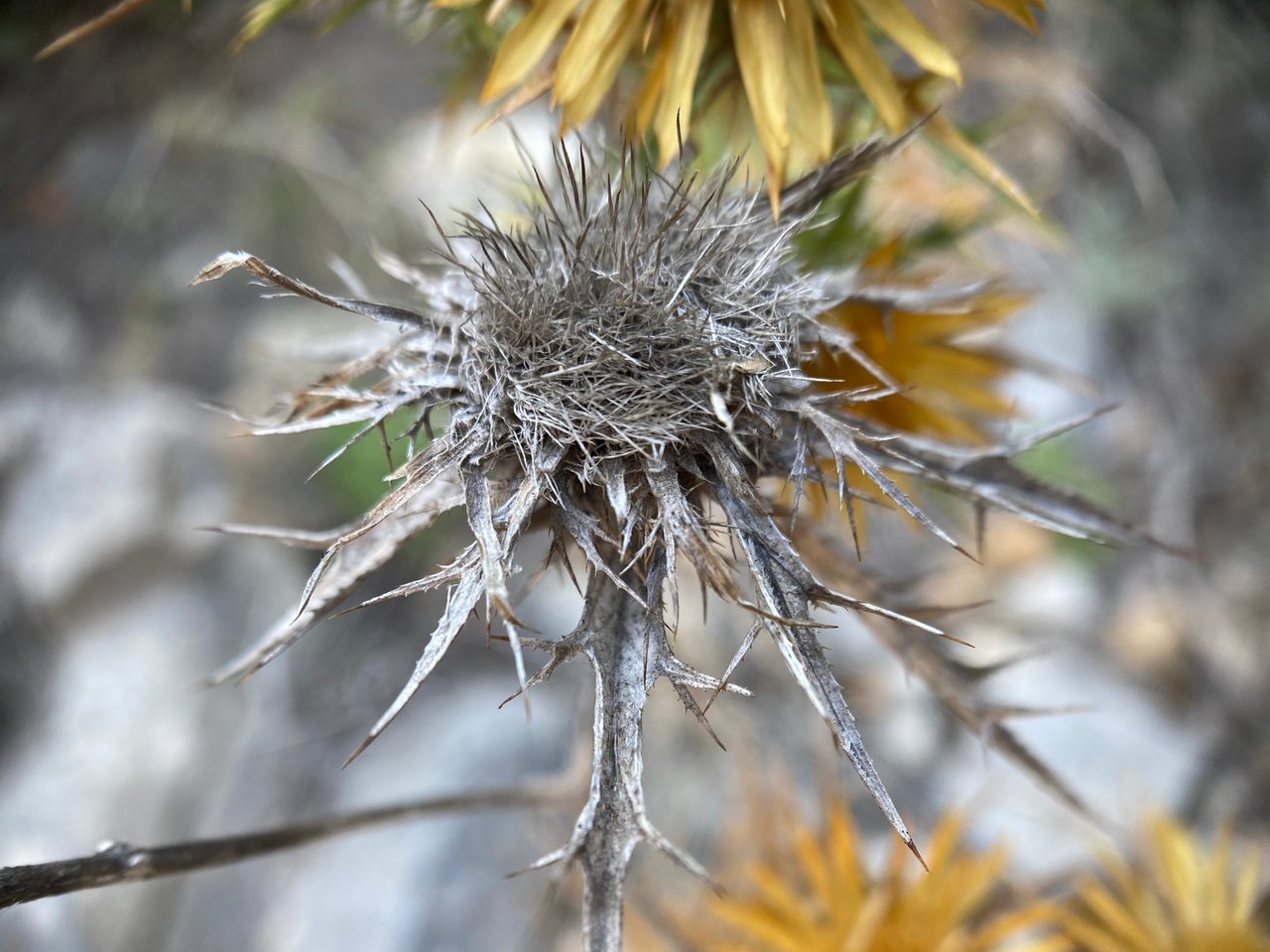 Philosophical Economics Thoughts – The Future Of Tourism
Philosophical Economics Thoughts – The Future Of Tourism

Dear Coilers, these days I’ve used, together with resting on my vacation, to talk to people from the tourism and hospitality industry.
As tourism and hospitality are my specialization in economics, I am always interested in talking to colleagues, learning about recent situations and trying to foresee the future of the industry.
Tourism is a social, cultural and economic phenomenon which entails the movement of people to countries and places outside their usual environment for personal or business/professional purposes. These people are called visitors (which may be either tourists or excursionists; residents or non-residents) and tourism has to do with their activities, some of which imply tourism expenditure.
Tourism is very special branch of the economy as it gathers many other within; transportation, agriculture, fashion industry, sports equipment production, shipbuilding, financial industry... Even photo/video industry depends on tourism pretty much.
Nikon and Canon don’t live of professionals buying their gear. They live of consumers buying cameras and lenses to shoot their travel and family photos. Think out of the box, they also live of tourism! GoPro and other action cameras are widely used during vacations. Majority of users, 8/10 I know, use their cameras, gimbals and other gear within those week or two of their trips and are back in the box throughout the rest of the year.
I could list countless examples now but I’m sure you got the point.
Tourism is export too. “Silent export” as we call it.
Tourism is trade; tourism is export. As a key sector in many developing countries, tourism makes a significant contribution to raising socio-economic growth and foreign exchange earnings. It involves the buying and selling of services and goods, with compensation paid by a buyer (the visitor) to a seller. Tourism is an export sector. It is a source of foreign exchange earnings; it grows a countryʻs national output.
We made The United States independent to make British be foreign visitors, no other reason! – Thomas Jefferson
When foreign visitor eats a dinner in a restaurant, rents a car and fills it with gas, buys a souvenir and gets himself new pair of flip flops, it can be observed as those goods and services were bought by him online and sent abroad. Money flows from the country of origin of the visitor and ends in the country he travels to. State and local taxes are payed, jobs generated...
Latest annual research shows the Travel and Tourism sector experienced 3.5% growth in 2019, outpacing the global economy growth of 2.5% for the ninth consecutive year. Over the past five years, one in four new jobs were created by the sector, making Travel and Tourism the best partner for governments to generate employment.
In 2019, travel and tourism’s direct, indirect and induced impact accounted for:
US$8.9 trillion contribution to the world’s GDP
10.3% of global GDP
330 million jobs, 1 in 10 jobs around the world
US$1.7 trillion visitor exports (6.8% of total exports, 28.3% of global services exports)
US$948 billion capital investment (4.3% of total investment)
Country I come from, Croatia, is one of the leading tourist countries in the impact of the industry on the GDP.
25% of total economy, 383.500 jobs (25,1%), 38,6% of total exports (in visitor spend) depend on tourism...
Or at least they were depending on it because...
...
Now we came to the topic of this paper, The Future!
Talking to the manager of a hotel on the Island of Mljet I booked, I’ve learnt a lot about the present situation.
The hotel is a part of the Adriatic Luxury Hotels chain (ALH), which is based on 5 stars hotels and luxury villas in Dubrovnik, with this hotel on the Island of Mljet as the only of 11 which is not Dubrovnik based.
Dubrovnik is The pearl of the Adriatic and Mediterranean, the most expensive Croatian city, visited by the Creme de la Creme of world’s billionaires as well as commons who want to experience the beauty and history carved in its ancient stonewalls. (OK, many come to see King’s Landing from the GoT)
This season, the first of their hotels opened the doors as late as May 25, working with just half of their capacity in the heart of the season.
They have employed only 2 (two) seasonal workers this year (hundreds in standard years), covering the needs with their full time employees.
Hotel on Mljet had 100% capacity booked for 2 weeks only (1st half of August) while in normal situation they would be fully booked from the end of May to the end of September.
Even thou Croatian statistics are great compared to other countries, expecting about 50% of last years numbers...
...the situation is a total disaster!
Planned investments and renovation within the chain are postponed. It will be direct lose of one year for their business as well as for the construction companies which were to be contracted.
Most of their (and generally in Croatia) seasonal workers come from the Slavonia County on the nort east of Croatia which is one of the poorest parts of the country. The money they earn working the season on the coast makes them live thru the rest of the year. Not just the workers but their families too. Many of them are students who pay expensive rents in Zagreb together with their tuitions, books, food... Next academic year will be a hell for them if they manage to attend it at all.
But let’s move away from “the tourism jewel” to the real life. Over 65000 households offer private accommodation in Croatia. To some it is a side income but to many it is the only income. Many took loan to invest in their capacities and will not be able to service the debt, not even interest, not to talk about the loan principal...
If the COVID situation extends to 2021, which it most probably will, almost 10% of Croatian population will literally starve. Indirectly it could (will) involve much more.
Croatian situation can be applied to all other countries with tourism as a primary (or one of the major) economy sector, with even worse perspective.
Greece earned US$ 22 billion from tourism last year. They expect 4 billion this year in optimistic predictions! 850000 jobs and 20,8% of their total economy is depending on tourism which had 12,1% of growth last year(!!).
Over 80% drop will be almost impossible to compensate.
My predictions are not too bright;
- I see many of the private accommodation apartment buildings and villas being offered on sale which will impact the real estate prices in negative way.
- Future investments will drop to almost zero.
- Local budgets will be halved so planned infrastructural projects will be postponed too.
- Most of the small businesses which work thru the whole year will be closed in highly tourist dependent communities.
- GDP drop will be strongly impacted by low numbers of the season so the central states will have to decrease spendings which usually generate great portion of GDP.
- Not just economic recession but the Great Depression is inevitable.
- The rich will get it all for less.
COMMONS ARE DOOMED!
Thanks for reading,
Srdan
REFERENCES:
- International Recommendations for Tourism Statistics 2008 – UNWTO and United Nations
- International Trade Center – UNWTO
- World Travel & Tourism Council
- Oxford Economics
- Adriatic Luxury Hotels
- Ministry of Tourism of the Republic of Croatia
- Hellenic Statistical Authority
- Thomas Jefferson’s unknown quotes by Srdan Vocanec































































